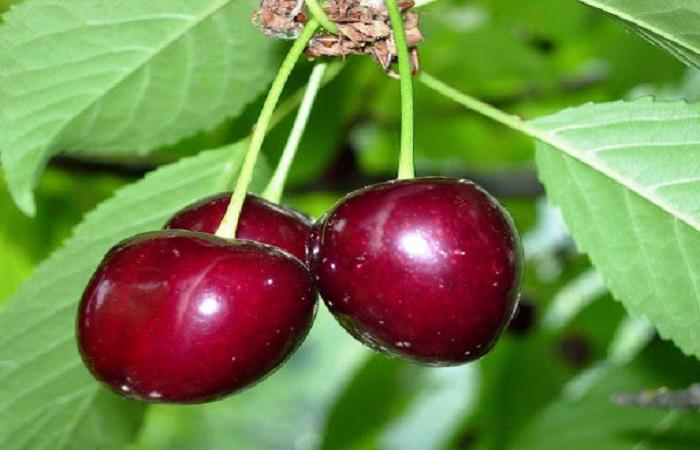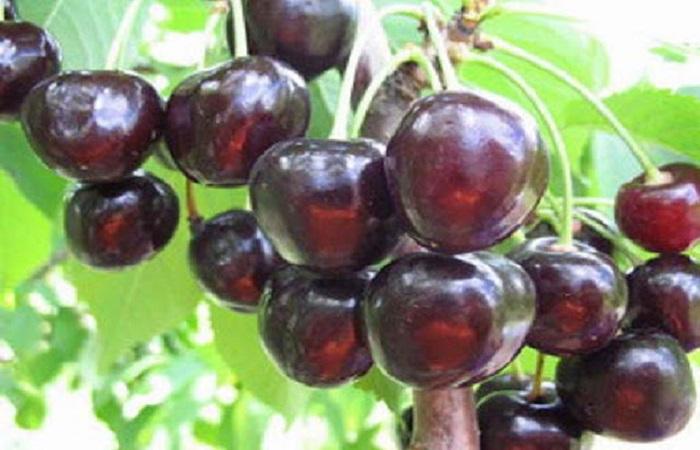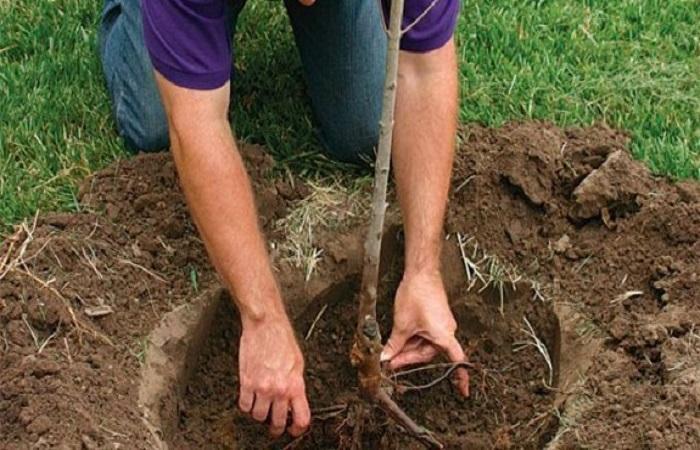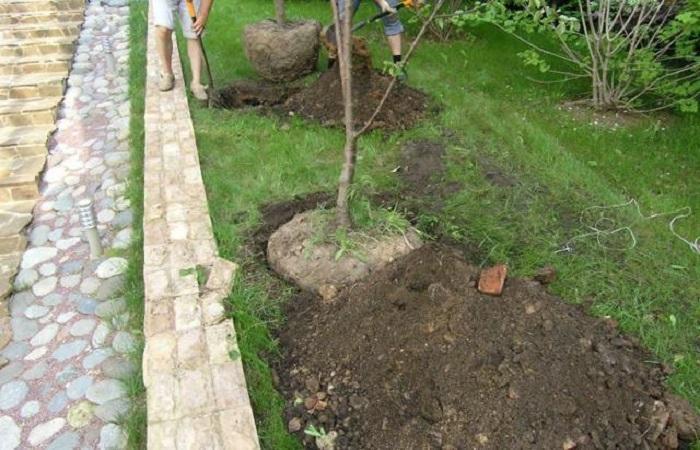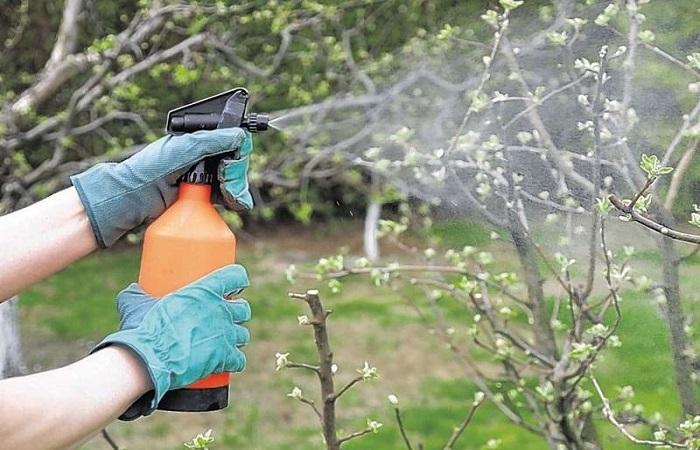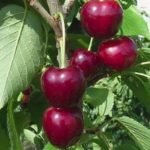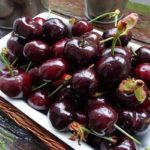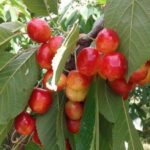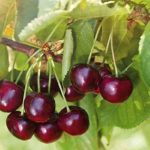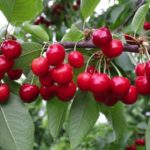Early varieties of cherries are especially popular among gardeners; the first berries are harvested by mid-June and, thanks to them, replenish vitamin reserves in the body after a long winter. Olenka cherries have several advantages, thanks to which they are preferred by domestic summer residents. In order for trees to produce rich harvests of fruit, it is necessary to provide them with minimal agrotechnical care and adhere to the rules when planting young seedlings.
Description and characteristics of Olenka cherries
Cherry variety Olenka belongs to the self-sterile early varieties of the crop.It was bred by crossing the Valery Chkalov and Leningradskaya black cherries and was accepted for state testing in 1995. The variety is still not widespread; it is mainly grown by gardeners in the Belgorod and Voronezh regions.
Characteristics of Olenka:
- A vigorous tree with a rounded crown, it is characterized by good foliage and medium density.
- The ripening period of fruits is early; in the south of the Black Earth Region, the first berries begin to be collected in the second decade of June.
- The variety is self-sterile, so it is necessary to plant pollinating trees nearby or graft a seedling.
- The weight of one heart-shaped cherry ranges from 7 to 7.5 grams, the skin has a dark red tint, and when fully ripened it becomes almost black.
- Tasters rated the taste of moderately juicy, sweet, slightly sour pulp at 4.7 points. However, in some years, due to lack of sunlight, these characteristics are reduced.
- The tree produces its first fruits 4-5 years after planting; the average yield per specimen ranges from 27 to 40 kg.
- The variety is characterized by average winter hardiness, so it is not suitable for cultivation in the northern regions.
- Olenka has good resistance to coccomycosis and other common crop diseases.
Positive and negative sides
Gardeners who preferred the Olenka variety and planted trees on their plots noted several advantages and disadvantages of this variety of cherries.
They listed Olenka’s advantages as:
- pleasant taste of ripe berries and their large size;
- resistance to transportation without loss of presentation;
- immunity to diseases inherent in the culture;
- the possibility of using the harvested crop both fresh and for canning for the winter;
- early ripening, when there are no other berries yet.
Among the disadvantages of cherries, gardeners noted:
- large size of trees that shade lower crops on the site and require a lot of space for growth and development;
- the need to graft or plant nearby pollinators to produce crops;
- average frost resistance and risk of damage to the cambium due to sudden temperature changes in winter;
- the need for regular pruning and crown formation.
Where and how to plant?
To plant Olenka seedlings, you need to choose a place well lit by the sun on a small hill; southern and southwestern slopes, protected from strong winds, are ideal for growing cherries. Since the root system of trees is well developed, an area with close groundwater is not suitable for cultivation - at least 2 meters. Also, you should not place seedlings in lowlands, since in the spring water accumulates there after the snow melts, which leads to rotting of the roots.
Instructions for planting Olenka seedlings:
- Prepare a hole with a diameter of 90 cm and a depth of about 70 cm (do this 2 weeks before planting).
- Immediately install a support for the young tree so that it is not damaged by the wind.
- The selected soil, if necessary, is mixed with compost and mineral fertilizer and half is poured back into the hole, making a small mound.
- Place the seedling on it, spreading the roots in different directions, and cover it with the remaining soil, lightly compacting it.
- To protect the roots from overheating, place a layer of organic mulch around the tree and water it generously.
Plant care rules
Basic care for cherries is necessary in the first years, until the tree begins to bear fruit. It includes standard procedures - irrigation, fertilization 2-3 times per season, pruning and crown formation, preventive treatments against diseases and pests.
Protection from diseases and pests
In order to prevent diseases and damage from insect pests, they are treated with fungicidal and insecticidal preparations, adhering to the consumption rates specified in the instructions.
Harvest and storage
The first cherries begin to be harvested in mid-June, but the timing may vary depending on the growing region.
The harvest is stored in the refrigerator for 5-6 days, or compotes and jams are made from the berries, and also frozen fresh.

